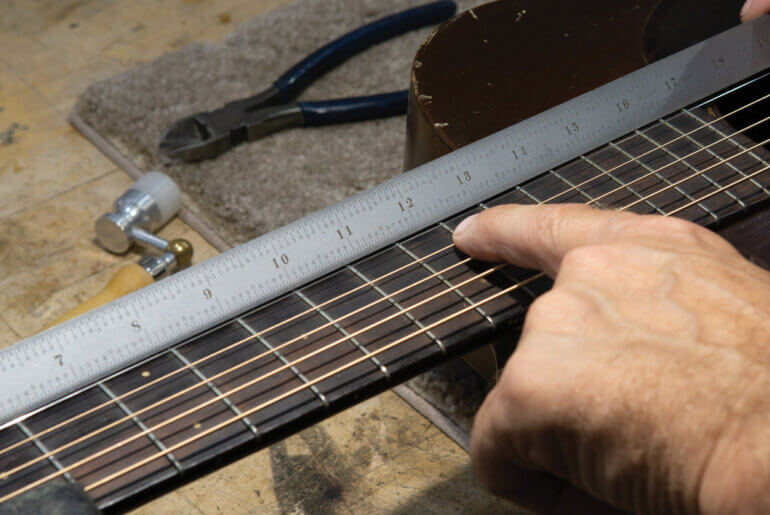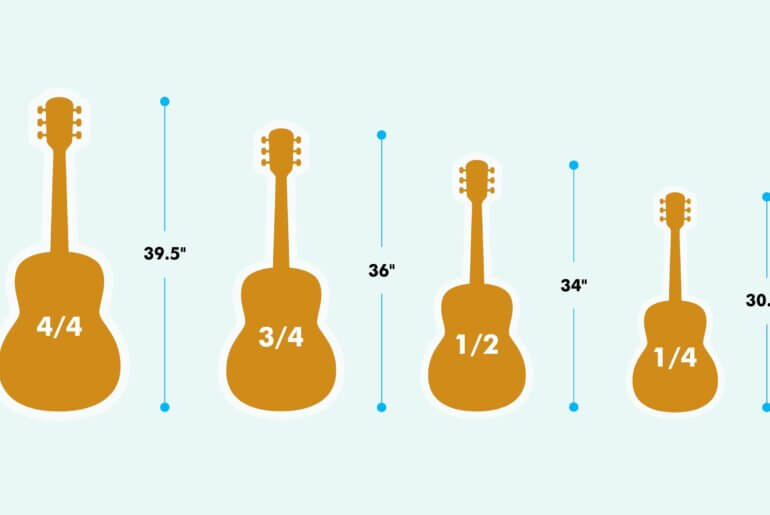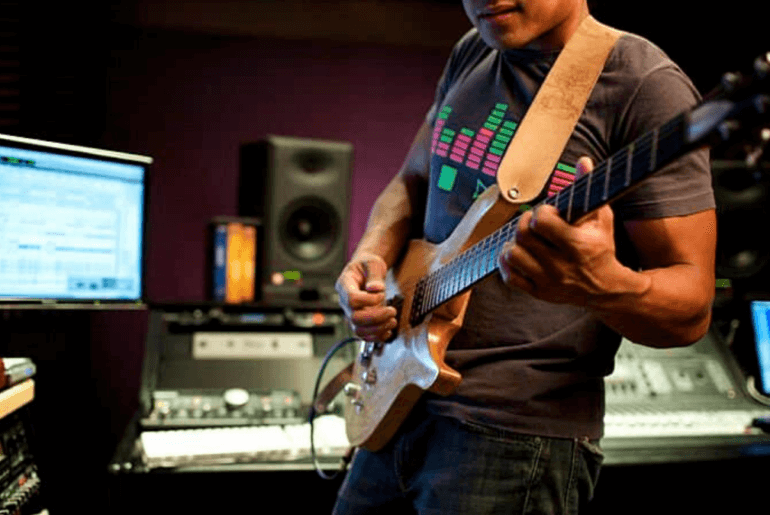Bass Guitar is the most overlooked instrument in the modern music industry. A Bass guitarist holds the music down and provides a connection between melody and rhythm. The work of a bassist is helpful to the drummer, the guitarist, and the singer. Let’s figure out the different types of bass guitars and find out what goes best for your needs.

The first known electric bass guitar surfaced in the 1930s. Paul Tutmarc was a Seattle-based inventor and musician. After that, Leo Fender developed an instrument called Precision Bass, in 1951. After those modifications, very few changes have been made to what is currently the industry standard. The “P-Bass” is the most popular bass guitar and multitudes of copycats exist by other manufacturers.
The world of bass guitars has never been as enticing as it currently is. The instruments cover every requirement, preference, and price range. It is almost as, if you can imagine it, chances are it’s already a reality. The jazz era to the early days of rock and roll saw the use of upright or “double” bass. With the progress of both of these genres, the portability of electric bass got evident. The ease of play and tonal variety of this instrument took off since then. In 1957, when Elvis Presley’s bassist Bill Black “went electric,” following the bass lines of Paul McCartney.
Everyone in the industry from Jack Bruce, to the mind-blowing Jaco Pastorius everyone was playing the bass guitar. The bass innovations of Tony Levin and Chris Squire, become an unstoppable force in music. Today, the bass is popular in hip-hop and dubstep, metal and lounge, and other types of modern and classic pop music.
Different Types of Bass Guitars:
There are various types of bass guitars based on their construction and design.
- Fretted Bass Guitar
- Fretless Bass Guitar
- Bolt-on Bass Guitar and Neck-through Bass Guitar
- Bass Guitar based on different tonewoods.
- P-type and J-type Bass Guitars.
Fretted Bass Guitar:
Fretted Bass Guitars are the ones for beginners because of the display. Fretless Bass Guitars are more of a professionals thing in the industry. If you are a beginner who is starting to learn a bass guitar, you will need the support of bass to increase your playability. Whilst if you are a professional, you may not need the support of frets. A professional bass guitar player has the frets imprinted in his/her subconscious. While beginners still have to search for frets to find the correct place to keep their fingers in playing the correct musical note.
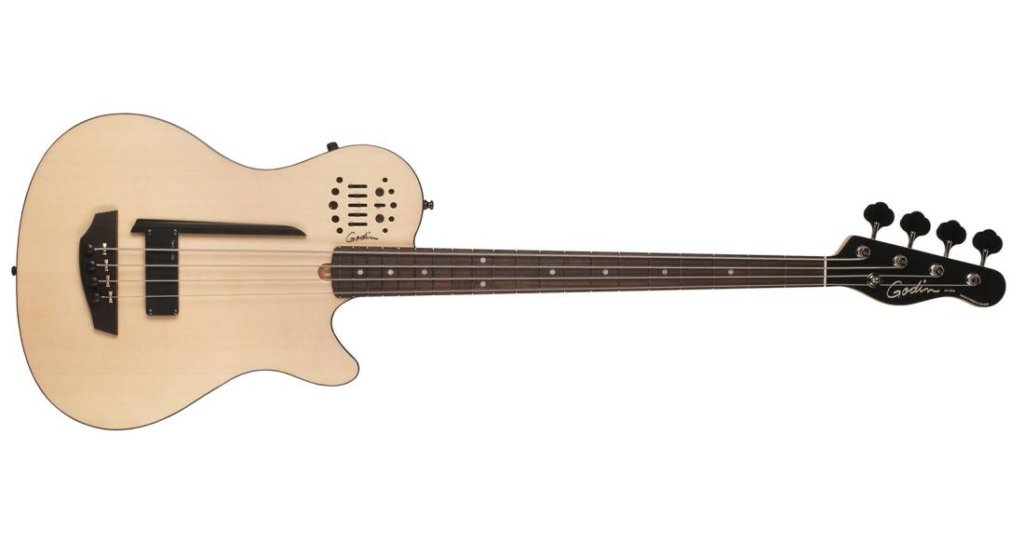
Benefits of using a Fretted Bass Guitar:
- The standard bass comes with frets. Frets are very common because they make playing the bass significantly easier. And there is nothing wrong with making something fun and creative easier.
- By using a fretted bass guitar, while sliding hands up and down the neck of the bass, you can feel the grooves. So it eliminates stressing about intonation. There are pretty much two scenarios that can occur. Firstly, either you properly place your finger on the fret and the play the correct note and pitch. Or you are a little off, and the note buzzes a little. The margin of error is dramatically minimized if the guitar is a fretted bass.
- Wherever you place your finger within the fret, you hear the exact pitch. Because the string is being cut off at the fret, not where your finger is touching. Clarity is also a major benefit when it comes to comparison with fretless bass. Playing significantly fast and/or staccato riffs on a fretless bass is something that will be troublesome even for a skilled bassist. The frets allow the bassist’s hands to fly over the neck without worrying about precision.
Fretless Bass Guitar:
A fretless bass features a neck that does not have steel frets. Instead, it’s just smooth wood, similar to an upright bass or violin. Many bass players believe that fretless basses offer a smoother and warmer sound. The pitch of the note that you’re playing completely relies upon your finger position. Skilled players rely on muscle memory to place their hands in the proper position. Due to that reason, fretless bass is every bassist’s nightmare. The scenario is such that you are on stage with bass in hand and you have to impress the audience.

But you do not have any measurement, to help you out. All you have is strings without frets. Because of this reason, some guitarists who are still learning cannot afford to play a fretless bass guitar on stage. You reach your fretting hand to play the first note, feeling for the comforting metal ridge of the fret you want. But to your horror, there are no frets — your hand slides meaninglessly down the neck, with nothing to hold it back. You try again. And again. But there’s nothing to tell you where you’re going.
The most memorable fretless player of recent times is Primus frontman, Les Claypool. His unearthly playing skills provide his band with all the funk, metal, jazz, and rock licks. He is one of the few players to master tapping, slapping, and even tremolo-powered divebombing. Claypool honed his style by listening to Stanley Clarke and Larry Graham.
Limitations of Fretless Bass Guitar:
- The fretless guitar is relatively small as compared to the other types of bass guitars. Much of its underground popularity connects with the difficulty that accompanies the instrument. Fretless guitars are very difficult to truly master. The fretless guitar lacks the typical guidance of a fret, requires a great deal of training to truly master.
- Ear training is a must for all players to denote the differences in sound between the notes. This is easily achievable with the correct instruction and practice by any guitar player. It is not a particularly easy skill to master. Additionally, it should be noted that the fretless guitar is far less common than the traditional fretted guitar.
Neck-through and Bolt-on Bass Guitar:
Bass Guitars’ necks have two possible construction styles: bolt-on and neck-through. One isn’t better than the other, but each design has its benefits and flaws. Bolt-on necks are the most common type. In this, the neck bolts onto the body of the instrument. A big benefit of bolt-on necks is that they can are easy to replace if the neck damages.
ESP LTD D-5 5-String Bass Yamaha TRBJP2
The other type involves the bass neck’s wood spanning the instrument’s entire length. Neck-through designs comprise of several pieces of high-quality wood that stick together to complete the look. The big upside to a neck-through design is their ability to prolong a bass tone longer than the former one.
Comparison between a neck-through bass guitar and a bolt-on bass guitar:
A Neck-Through Bass Guitar means the neck goes through the body of the bass all the way to the end. There is just one long piece of wood (or several long neckpieces glued together lengthwise). The wings of the guitar are then glued to the sides of the neck to form the body of the bass.
In a Bolt-On Bass Guitar are bolted on to the body of the bass. This arrangement forms the ‘neck joint’ as it is called i.e. bolt-on. Very often the number of bolts equals 4. But sometimes 6 bolts are also used for added stability.
Whether it’s a neck-through or a bolt-on, neck stability is important because the movement of the neck will create tuning and playing issues. The neck is the most critical part of the bass. Some part of the tone is traveling through that neck joint.
Neck-Through Bass Guitars have a mellower, softer tone and more sustain. While Bolt-On Bass Guitars have a bright, snappy, percussive tone to them with less sustain.
A bolt-on bass guitar has a thinner overall sound that helps blend with other instruments. It also has a good Articulation / Attack Midrange Punch that tends to work well with a band and “sit in the mix.” A neck-through bass guitar has a balanced overall sound that is piano-line. The sound is generally smoother, attacking, and a strong fundamental tone that is low-ended.
Bolt-on bass guitars produce more Traditional Voice that is tried and true. The sound is a lot more versatile than neck-through bass guitars. A neck-through bass guitar produces a lot more Modern Voice that is great for Solo Bass Playing. The sound is also excellent for Extended Range Endeavors.
Types of Bass Guitars based on different Tone Woods:
The use of different types of woods produces different types of tones in guitars. But for bass guitar, this rule is even deeper than seen in acoustic or electric. When it comes to choosing a bass guitar, there are six choices available depending on the wood. Those are Alder, Agathis, Ash, Bass, Mahogany, and Maple. Let’s take a look at which kind of wood produces which kind of tone!

- A bass guitar that utilizes alder for its construction, produces a full and balanced tone with excellent clarity. An example of a Guitar that uses Alder wood, one may hear the tone of Fender American Deluxe Precision Bass.
- Agathis is a popular and affordable wood. The bass guitars made out of Agathis produces a reasonably-balanced tone with plenty of low-mid range.
- The bass guitars made out of ash wood produces a bright tone that has a longer sustain compared to others.
- Basswood has very short sustain. Moreover, this type of wood is preferred by players of faster and more complex bass styles. Basswood is very inexpensive.
- The bass guitar made out of Mahogany wood produces a soft warm tone. Such tone lays emphasis on the low-mid and lower-range tones. The bass guitars made from mahogany also has great sustain, but they are also quite heavier than the rest.
- Maple is another example of heavy wood after mahogany. Maple too, like mahogany, has exceptional sustain. The bass guitars constructed with Maple produce a very clear tone. Many professional session players use bass guitars with maple bodies for their tone.
J-type and P-type Bass Guitars:
The two most popular bass guitars of all time are the Fender Precision Bass and the Fender Jazz Bass. Both have “C”-shaped necks that are made from maple wood. Their fingerboards are generally made from rosewood but can be made with maple as well. Both the guitars dominate the bass industry since their inception. So let’s look into their histories to figure out why they are so popular!
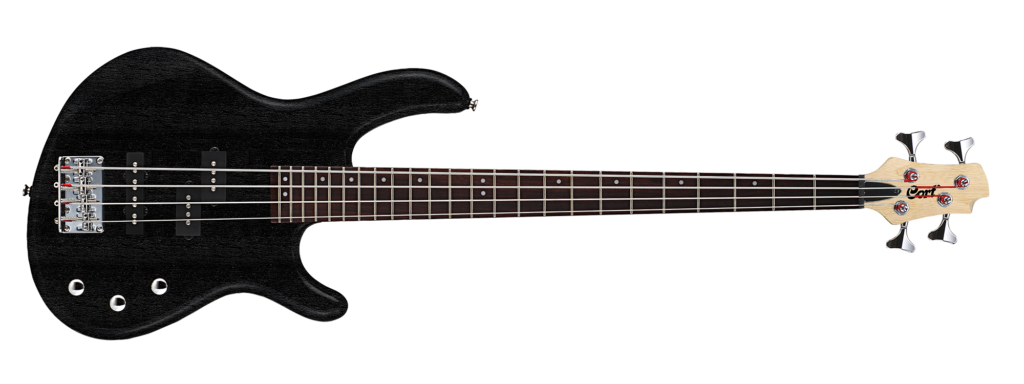
Fender Precision bass was the first electric guitar that was made in 1951. Originally, the guitar contained a single-coil pickup. It was until the time when Leo Fender began to incorporate split-coil pickups in the instrument to give it a more solid sound. Precision necks have a fairly consistent thickness, and closer to the nut which tapers in slightly. Fender Precision bodies are very comfortable to hold, and quite similar to the Stratocaster electric guitar.
Fender Jazz Bass was the second electric bass model introduces in 1960 by Leo Fender. The offset –waist body of these guitars is similar to a Jazzmaster guitar, and closer to the nut, their strings are narrowly spaced, resulting in a neck that many players feel is easier to form chords on. The Jazz bass is equipped with dual humbucking pickups and is very versatile, preferred by bass players from countless genres, including jazz, funk, metal, and reggae.
Things to look into before buying any type of Bass Guitars
- Bass Guitars are popular because of their necks. Use the size of your hand to choose the neck size of the guitar. The various types of shapes that necks regularly come in are round, oval, flat back, V, and asymmetrical.
- After neck, choose the body type that you wish to have. They are most commonly solid body electrics, although a few semi-hollow bodies are available for a rounder and more acoustic sound. So neck is the first thing to look out for.
- Lastly, the thing to look out for is the type of wood by which they are made. As said above, wood affects the tone and overall sound of the guitar. Watch out for guitars that are used by your inspirations to get a similar-sounding bass guitar.
The Conclusion
These guidelines are for helping you find out the right choice among the different types of bass guitars. You can pick the one that sounds like yours and start playing your rhythm to impress everyone and mostly yourself.




